Search
Search Results
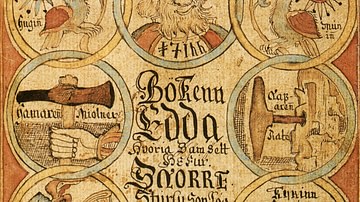
Definition
Edda
Edda is a term used to describe two Icelandic manuscripts that were copied down and compiled in the 13th century CE. Together they are the main sources of Norse mythology and skaldic poetry that relate the religion, cosmogony, and history...
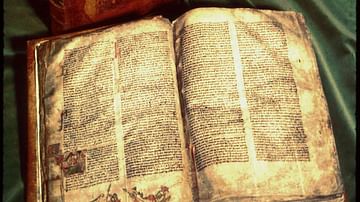
Image
Codex Regius of the Poetic Edda
The Codex Regius of the Poetic Edda is the oldest and most comprehensive extant source of Norse mythology. 14th century CE. It is housed at the Arni Magnusson Institute of Learning in Reykjavik, Iceland.
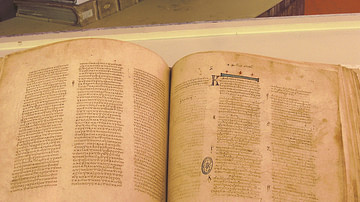
Article
New Testament Text-Types
The books of the New Testament were written in the 1st century CE. As Christianity spread in the 2nd century CE, many copies were made, some by non-professionals. Early manuscripts are considered to be closer to the original than later manuscripts...
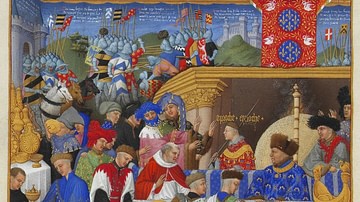
Definition
Illuminated Manuscripts
Illuminated manuscripts were hand-made books, usually on Christian scripture or practice, produced in Western Europe between c. 500-c. 1600. They are so called because of the use of gold and silver which illuminates the text and accompanying...
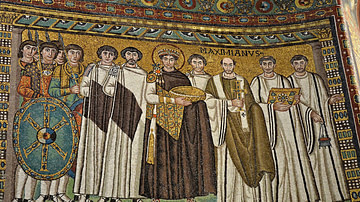
Definition
Corpus Juris Civilis
The Justinian Code or Corpus Juris Civilis (Corpus of Civil Law) was a major reform of Byzantine law created by Emperor Justinian I (r. 527-565 CE) in 528-9 CE. Aiming to clarify and update the old Roman laws, eradicate inconsistencies and...
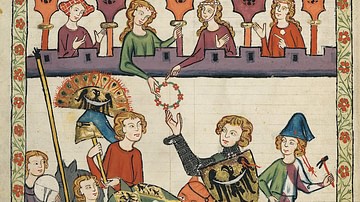
Image
Duke Heinrich von Breslau in the Codex Manesse
Page from the early 14th-century Codex Manesse - an illuminated book of poetry composed in Middle High German - depicting Duke Heinrich von Breslau (probably Henry IV of Silesia, also known as Henryk IV Probus in Polish) participating in...
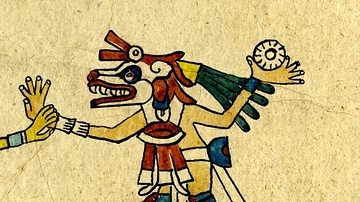
Image
Xolotl, Codex Fejérváry-Mayer
Drawing of the Aztec god Xolotl, playing ball. From a facsimile of the pre-Hispanic Codex Fejérváry-Mayer. Collection of the British Museum.
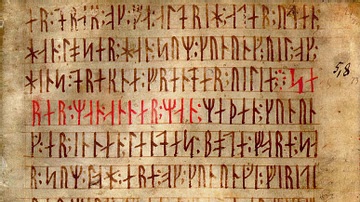
Image
Codex Runicus, Runic Manuscript
The Codex Runicus (AM 28 8vo), a manuscript from c. 1300 CE, contains one of the oldest texts of the Scanian Law (Skånske lov), here written exclusively in the Medieval Futhork runic script. It resides at the University of Copenhagen in...
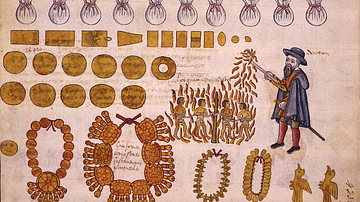
Image
Collection of Gold as Tribute, Codex Tepetlaoztoc
A page of the 1554 Codex Tepetlaoztoc showing the collection of gold tribute by Spanish colonial authorities in New Spain (Mexico). (British Museum, London)
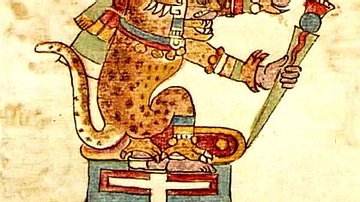
Image
Tezcatlipoca, Codex Rios
An illustration of Tezcatlipoca, one of the most important gods in the Aztec pantheon. Codex Rios, 16th century CE.